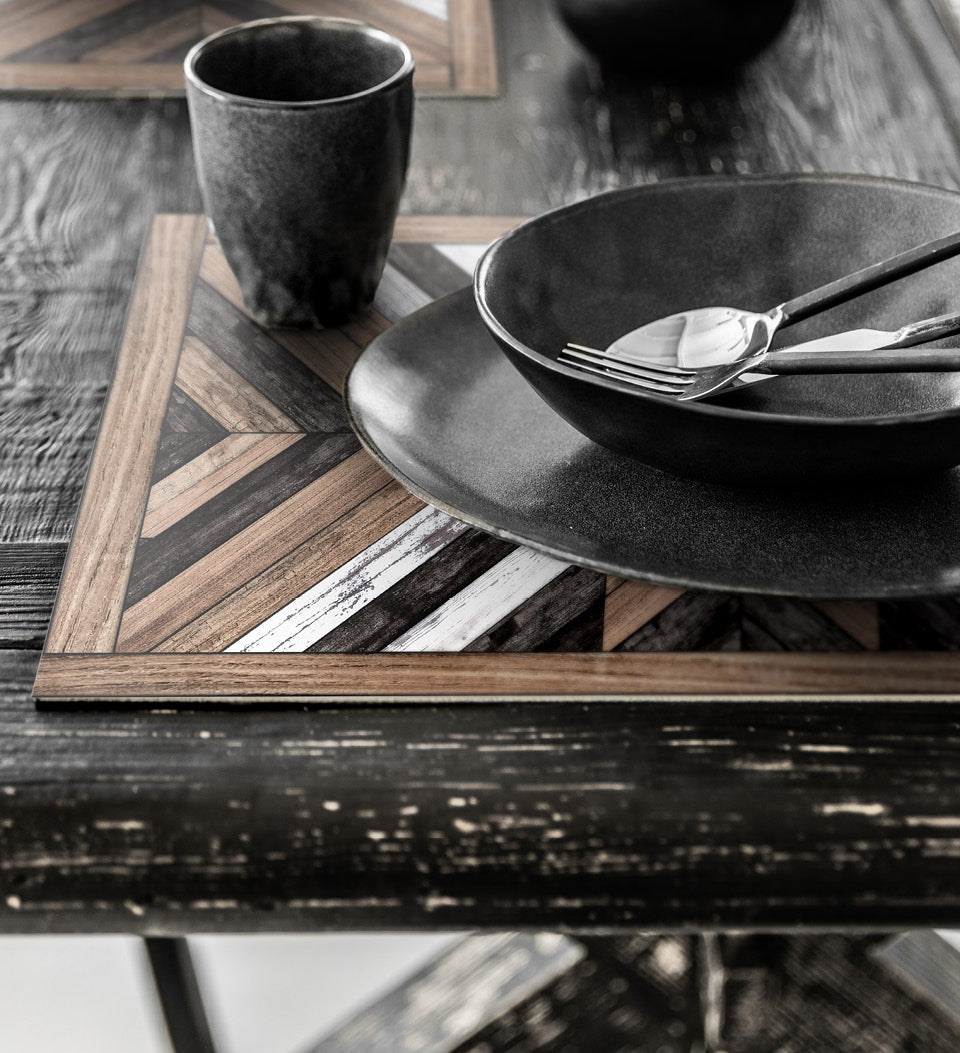The Greatest Guide To Unique Art
The Greatest Guide To Unique Art
Blog Article
Unique Art Things To Know Before You Get This
Table of ContentsUnique Art for DummiesThings about Unique ArtSome Known Details About Unique Art Not known Details About Unique Art
While one could debate which art form holds precedence, the fact continues to be that each of these seven types provides an one-of-a-kind home window into human history, society, and advancement. They are the tapestries that chronicle our journey, reminding us of our past while motivating visions for the future.Great artwork narrates, makes individuals look two times, and produces a special experience that can not be matched. Art and illustrations connect every one of that through shade, form and other style elements. Find out how to make your one-of-a-kind art work stick out from the crowd.
3 Emil DervishIn this entranceway by Emil Dervish that stunning cobalt blue door steals the show. To bring even more drama, he extended the paint. to the doorframe and the wall surface up, completing in a curved form. The contours, together with a spherical sconce, soften the edges - Unique Art. Frameworks vintage posters and maps of cherished areas set the scene.
8 TRIA GIOVANEqual parts grand and laidback, this entrance hall designed by Anthony Baratta is the perfect plan to comply with if you're decorating an official entry that still really feels unfussy and comfy. Formed textiles take spotlight (see the carpetings and the couch), but they likewise help bring the high ceilings down to a human scale when hung over wallpaper.
About Unique Art
18 Heidi Caillier DesignA gallery wall does not require to use up the entire area. In some cases a tiny one can make a larger design declaration. In this living-room, Hiedi Caillier went with micro-mini frameworks and an arbitrary structure. Advertisement - Continue Reading Below19 Stephen Kent JohnsonDesigner Juan Carretero chose a deep eco-friendly paint color to contrast with the light wood finishes.
, the expression of concepts and emotions, with the development of particular aesthetic qualities, in a two-dimensional visual language. The aspects of this languageits forms, lines, colours, tones, and texturesare utilized in numerous means to create sensations of volume, room, movement, and light on a level surface area. These aspects are combined into expressive patterns in order to stand for actual or mythological sensations, to analyze a narrative theme, or to develop completely abstract aesthetic partnerships.
Later the idea of the "fine musician" developed in Asia and Renaissance Europe. During the 19th century painters in Western societies began to lose their social setting and safe and secure patronage.
The Single Strategy To Use For Unique Art
Others earned an income via exploring exhibitions of their work. The requirement to appeal to an industry had changed the comparable (if much less impersonal) needs of patronage, and its effect on the art itself was her comment is here most likely comparable. Normally, musicians in the 20th century could reach an audience only with industrial galleries and public museums, although their job may have been periodically duplicated in art periodicals
For the history of paint in ancient Egypt, see Egyptian art and design. The growth of paint in various regions is treated in a number of write-ups: Western paint; African art; Central Oriental arts; Chinese painting; Islamic arts; Japanese art; Oriental art; Indigenous American art; Nautical art and style; South Eastern arts; Southeast Asian arts. For a discussion of the bogus of artworks, see bogus. For a conversation of the role of painting and other arts in faith, in addition to of using religious symbols in art, see religious meaning and iconography. For details on various other arts connected to painting, see short articles such as drawing; people art; printmaking. , also when a painting's narrative importance is rare.
Do not replicate the design of various other artists if you're searching for your style. Duplicating various other people's art work can be excellent in academic functions however it will certainly not make you closer to finding your own distinct design. Your creative style has to be, what you such as and what influences you.

The Facts About Unique Art Uncovered
You require to try whole lots of various options and discover every little thing before you can focus on one certain design or you'll be tired, or worse, you'll despise your own design. So I recommend you to try every single topic that you want, check out as long as you can. Attempt different mediums that excite you and new methods you have actually never ever attempted prior to.
With time you'll have the ability to wikipedia reference arrange all of them right into your favored and least favorite groups. Try to concentrate your attention on the subjects and mediums that you like and before Unique Art you see it coming you'll have your own personal and distinct style, like no person else have! In the end you'll have a few preferred topics to repaint and maybe a few favorite mediums.

Report this page